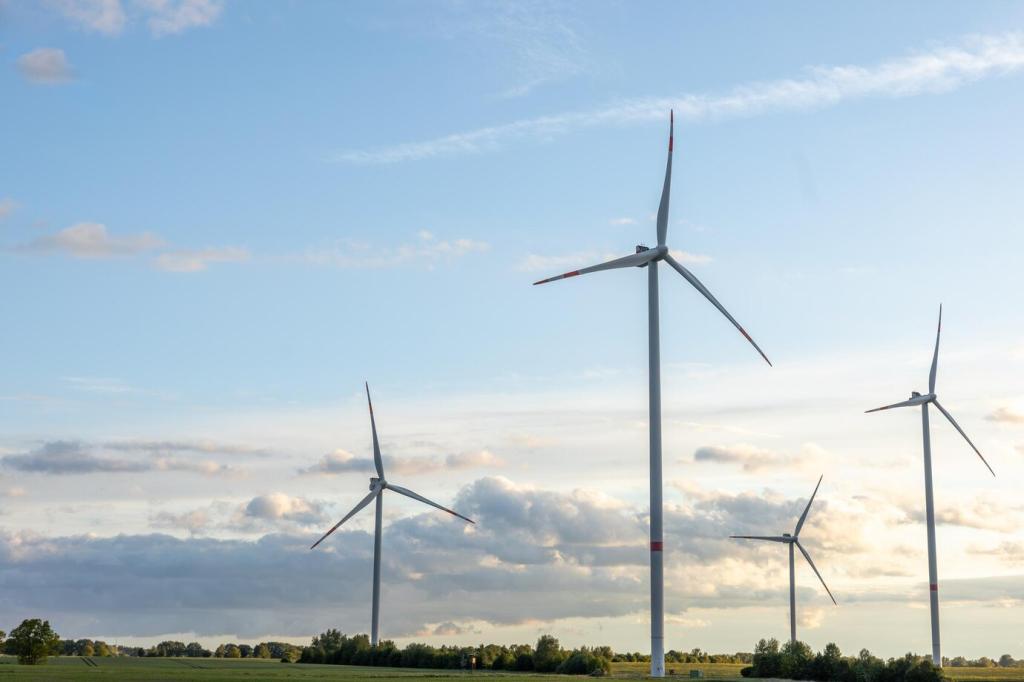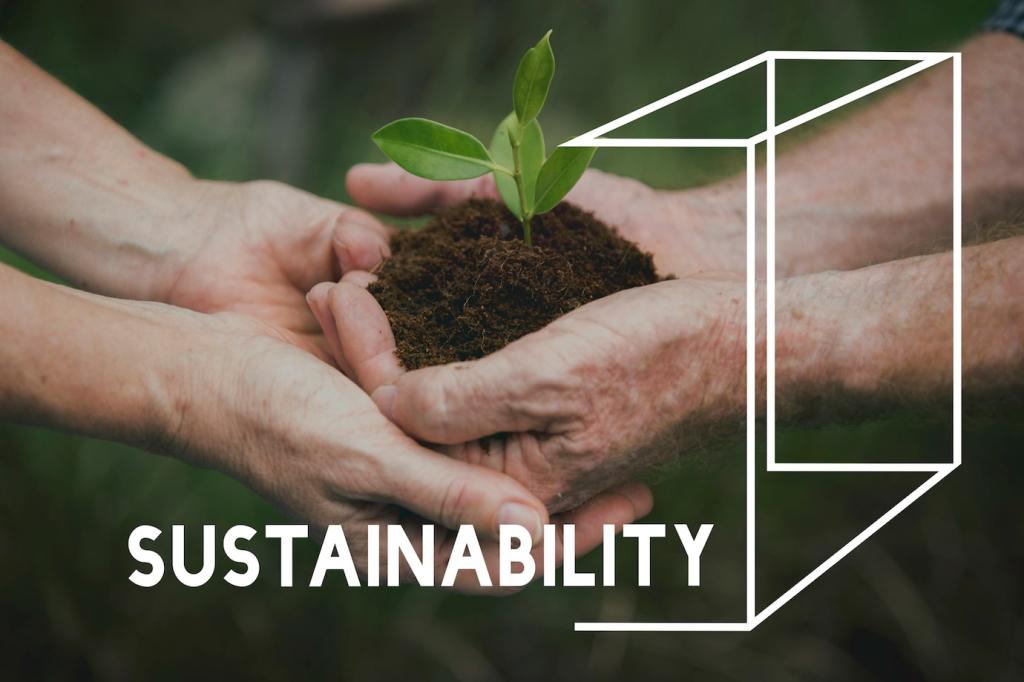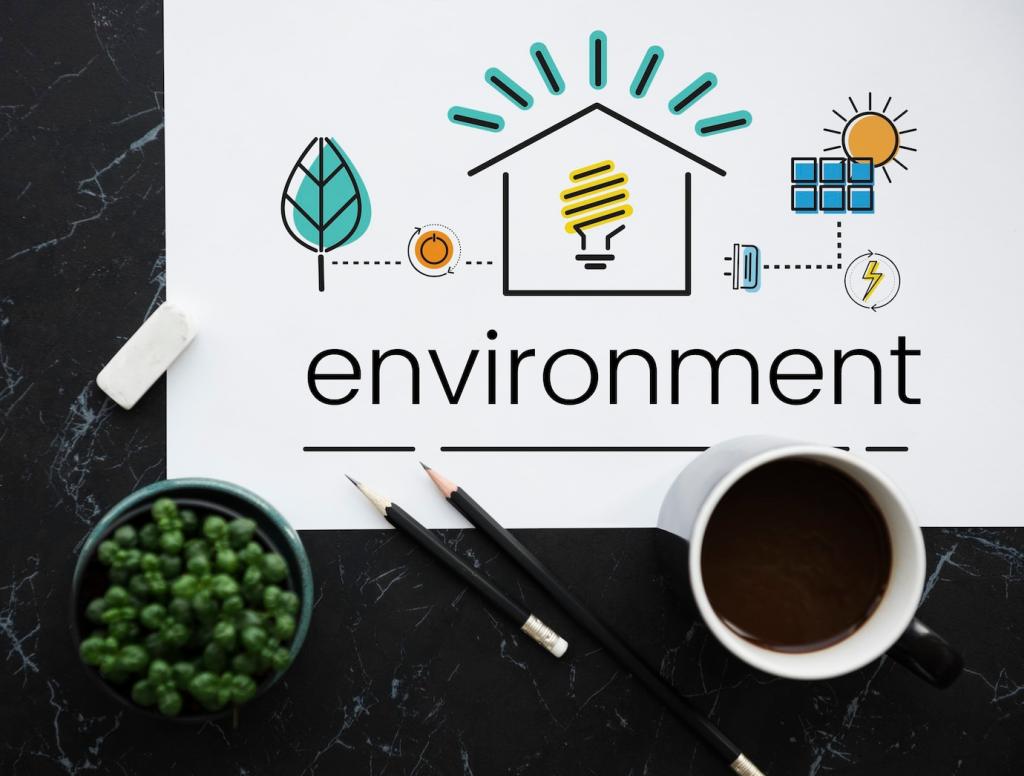Sustainable Urban Real Estate Development: Building Cities That Thrive
Chosen theme: Sustainable Urban Real Estate Development. Welcome to a space where climate resilience, human-centered design, and long-term value shape the future of our neighborhoods. Explore how thoughtful buildings, streets, and financing can deliver healthier lives and stronger communities. Share your voice, ask questions, and subscribe to stay part of this evolving story.
The Pillars of Sustainable Urban Real Estate
Frameworks like LEED, BREEAM, and WELL turn sustainability from aspiration into measurable performance. When paired with strong energy codes and post-occupancy evaluation, they guide continuous improvement, protect investor confidence, and deliver healthier, low-carbon spaces people genuinely enjoy using every day.


The Pillars of Sustainable Urban Real Estate
Compact, mixed-use neighborhoods near frequent transit cut emissions by reducing car dependence and unlocking walkability. Parking reform, safe cycling networks, and reliable first–last mile connections multiply benefits. Residents gain time, health, and access to opportunity while investors gain durable demand through location efficiency.
Designing for Climate Resilience
Passive Design, Efficient Systems
High-performance envelopes, strategic shading, daylighting, and natural ventilation reduce loads before adding technology. Right-sized heat pumps, energy recovery, and smart controls finish the job. The result is comfort during heat waves, lower bills, and buildings that remain habitable even during grid disruptions or extended outages.
Cooling Cities with Blue-Green Infrastructure
Green roofs, street trees, bioswales, and permeable surfaces combat urban heat islands while managing stormwater. Water-sensitive design restores natural cycles, creating cooler microclimates and places people love to gather. These investments extend asset life, protect infrastructure, and make public spaces welcoming throughout extreme summer conditions.
Flood-Ready Buildings and Sites
Elevated ground floors, deployable barriers, backflow prevention, and sacrificial zones minimize damage during floods. Site grading, restored wetlands, and storage basins slow and absorb water. Insurance savings and faster recovery reduce downtime, protecting tenants and revenue while supporting broader neighborhood resilience plans and emergency coordination.
Financing and Policy Levers
Green bonds, sustainability-linked loans, and impact funds reward measurable improvements in energy intensity and carbon. Transparent ESG reporting attracts long-view investors seeking resilient assets. Strong governance and verified metrics help distinguish true leadership from superficial claims, improving access to capital and long-term portfolio performance.


Financing and Policy Levers
Inclusionary zoning, density bonuses, expedited permitting, and tax abatements can unlock mixed-income, low-carbon housing near transit. Clear pathways for adaptive reuse and missing-middle typologies reduce costs and delay. Predictable policy environments provide certainty, enabling teams to plan ambitious projects that still pencil sustainably and equitably.
Digital Tools Powering Sustainable Decisions

By pairing BIM with real-time sensor data, digital twins simulate performance and inform proactive maintenance. Continuous commissioning detects drift early, ensuring energy savings persist. Dashboards make trade-offs transparent, guiding operational decisions that keep spaces comfortable while steadily driving down carbon and utility expenses.


Stories from the Field
An obsolete warehouse district transformed into mixed-income housing with heat pumps, passive shading, and rooftop solar. Local art and a food hall powered foot traffic, while energy dashboards engaged residents. Emissions plummeted, small businesses thrived, and leasing exceeded projections without sacrificing affordability or neighborhood character.
Stories from the Field
A flood-prone, contaminated site became a resilient park-centered neighborhood. Soil remediation, wetlands, and elevated podiums minimized risk. Ground-floor makerspaces supported local entrepreneurs, while porous streets handled storms. Transparent community benefits agreements built trust, proving environmental restoration can anchor healthy growth and long-term real estate value.



